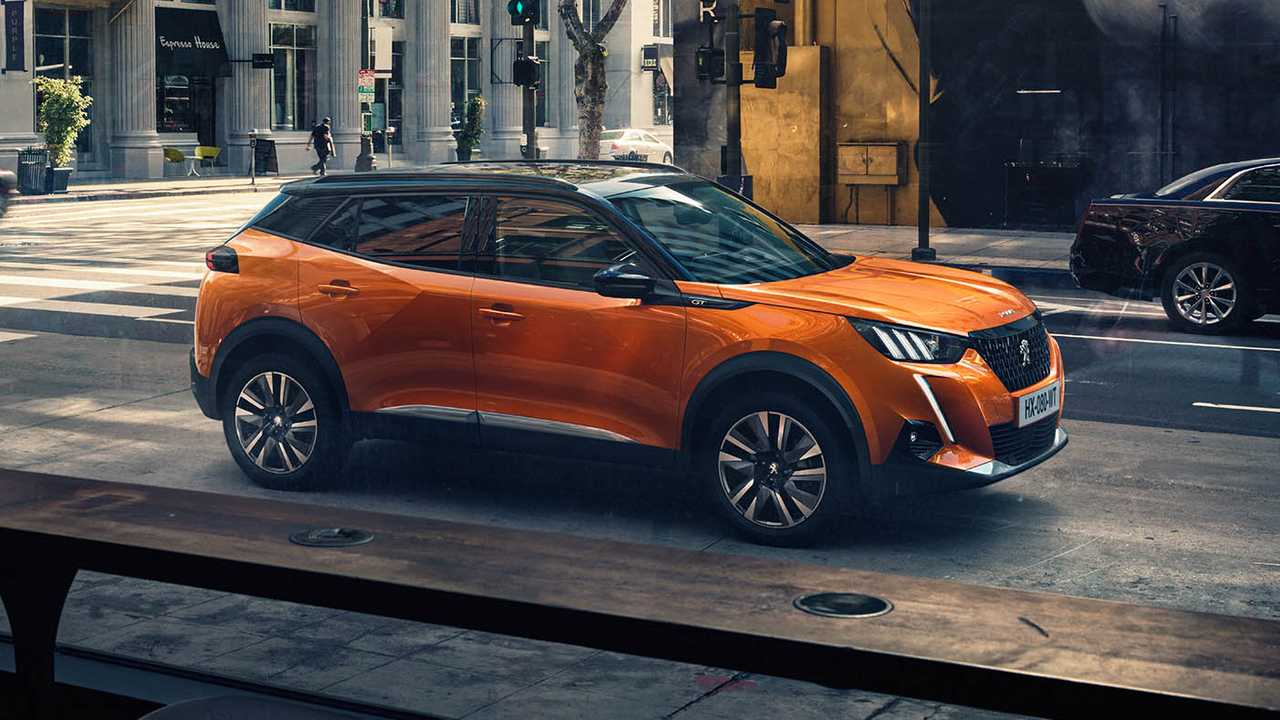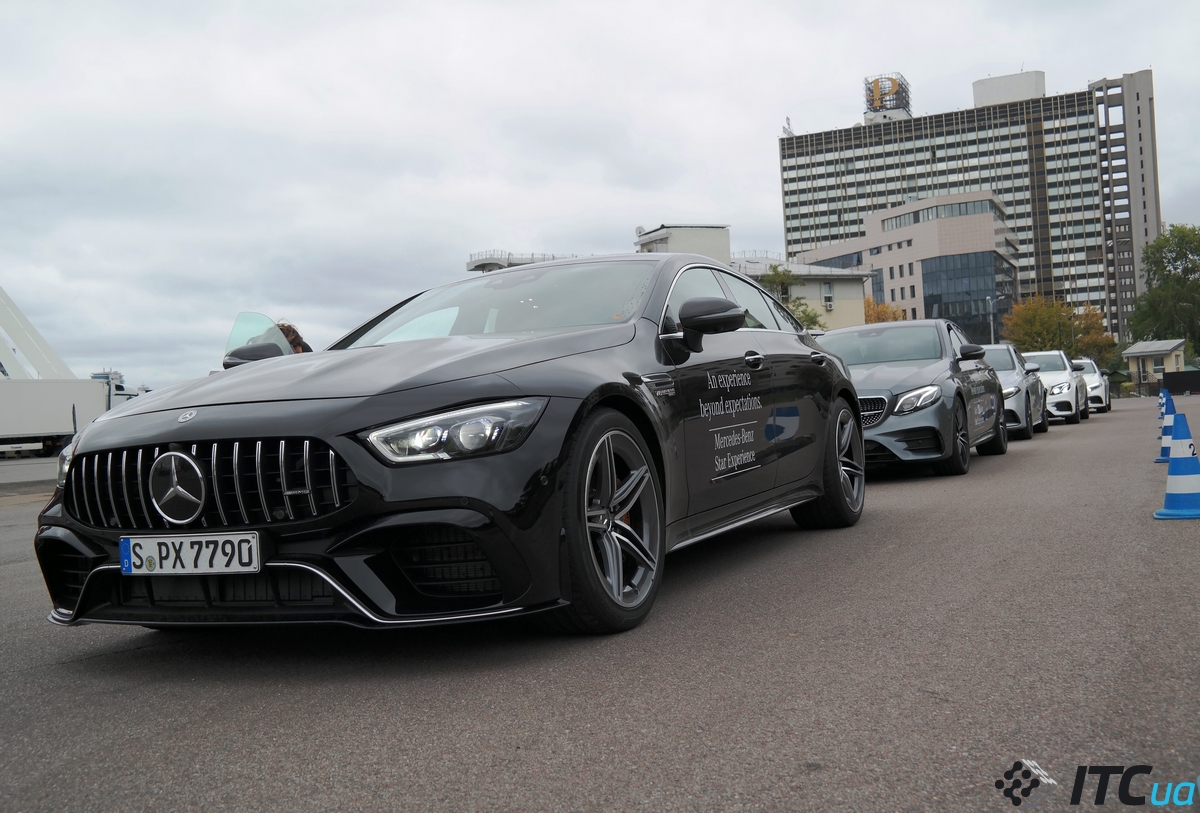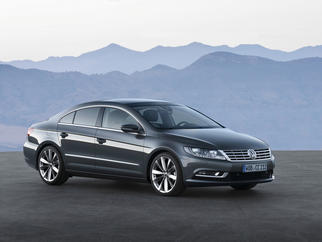
Peugeot 2008 - crossover instead of station wagon
The changing of the guard is taking place in the European automotive world. The place of the station wagon is increasingly occupied by even more versatile crossovers. New to showrooms is the 2008 Peugeot, the older brother of the well-established 208.
The segment of small crossovers (B-crossovers) has been developing dynamically since 2009. Other brands quickly followed the path blazed by the Kia Soul and Nissan Juke. Renault Captur, Mini Countryman, Chevrolet Trax, Opel Mokka and Suzuki SX4 are also currently vying for a buyer.
Peugeot 2008 is a new player. Technically, it is the twin of the well-established 208. It shares the same floor, engines and many trim details. The French concern does not intend to introduce the 208 SW model into the lineup. However, the gap after a small station wagon should not confuse buyers. It is quite well filled with a debuting crossover - it has a luggage compartment with a capacity of 350-1194 liters, a low loading threshold and an ingenious rear seat folding system (the backrests are folded with one lever and the seats move, thanks to where there is no step).
The distance between the 2008 Peugeot chassis and the road is 16,5 centimeters - 2 centimeters more than the 208. The difference is small, but large enough to determine the condition of the bumper or sills when crossing high curbs. Extra millimeters will come in handy when driving on rough roads. The car doesn't finish even on larger bumps, though faster cornering bumps can make the rear axle twitchy. The slope of the body is small. Unfortunately, a problem known from the 208 - the noise that accompanies driving over larger irregularities - could not be eliminated.
Sales statistics clearly show that four-wheel drive is not relevant in the class of small crossovers. It increases the cost of the car, increases fuel consumption and reduces productivity, which means that a small number of customers order it. Peugeot did not experiment. He built the car that the market demands, a front-wheel drive crossover.
The only solution for people who would like to go on an easy terrain adventure is the Grip Control. This is a slightly more advanced traction control system with five operating modes - On, Off, Snow (up to 50 km/h), All-terrain (up to 80 km/h) and Sand (up to 120 km/h). ). To increase traction, the electronics maintain optimal wheel slip and reduce slip of less grip, which is equivalent to more torque on a wheel that hits the ground harder. To make Grip Control more than just a bells and whistle, Peugeot offers a system with M + S tires, the tread of which is better prepared for driving in mud and snow on slippery surfaces.
Currently, Grip Control is an option exclusively on the most expensive Allure variety. The importer does not foresee much interest in the increase - in the city, the main habitat of the 2008 model, it is basically useless. Adjustments to equipment and options are possible in case of clear interest.
Under the hood, petrol 1.2 VTi (82 hp, 118 Nm) and 1.6 VTi (120 hp, 160 Nm), as well as diesel 1.4 HDi (68 hp, 160 Nm) and 1.6 e-HDi ( 92 hp, 230 Nm; 115 hp and 270 hp engines Nm) with braking system.
The most powerful diesel engine is the most enjoyable to drive. Torque is plentiful and it's the only engine in the lineup to be paired with a 6-speed gearbox. The remaining versions of the engine receive "five". They work easily, but the jack strokes are annoyingly long - especially in last gear, which you're looking for around the passenger's knee. It's a pity, because the gear ratios were well matched to the characteristics of the engines. It only remained to work on the mechanism of their selection.
Peugeot Poland expects the 50 VTi three-cylinder engine to be the most popular, even at 1.2%. On paper 82 hp and 118 Nm do not look promising. However, he passes the exam! Of course, the weakest 2008 is not a speed demon, but it is enough for a smooth ride. The car does an excellent job of overtaking trucks on country roads and reaches highway speeds in a decent amount of time. Those who travel frequently or with a full load of passengers should consider a more powerful powertrain. An interesting proposal could be a 1.2 THP turbocharged three-cylinder engine, which will replace the naturally aspirated 1.6 VTi next year.
For leisurely off-road driving, the Peugeot 2008 1.2 VTi is content with less than 6 l/100 km. Easier driving, because at 13,5 seconds to “hundreds” it is difficult to talk about dynamic, it increases fuel consumption up to 7-7,5 l / 100 km. The results in the city should not be much higher.
Good low power performance is due to the weight. The base Peugeot 2008 weighs just 1045 kg, while the heaviest variant weighs 1180 kg. The absence of excess weight is felt with every movement of the steering wheel. The French crossover with undisguised joy carries out the commands of the leader. The steering is direct and has a handlebar of a record small diameter. It is a pity that the use of electric power steering and the installation of a high "reference" effort reduces the feeling of contact with the road. On the other hand, this made it possible to equip the Peugeot 2008 with a parking assistant, which adjusts the crossover to the gaps between other vehicles and helps to get out of the parking space. The PLN 1200 option is reserved exclusively for the most expensive Allure version.
The interior of the Peugeot 2008 has largely been carried over from the 208. The highlight of the program is the dashboard with a large and modern-looking multimedia system screen and instrument panel. The team led by Adam Bazydło decided that the indicators should be placed above the steering wheel. This reduces the distance between the windshield and meters - if the driver wants to check the speed, he briefly takes his eyes off the road. The solution does work, though it should be noted that with certain seat and handlebar settings, the meters may be obscured by the handlebar rim.
The aesthetics of the cabin deserves undeniable praise - especially in more expensive versions of the configuration. Impressive metal inserts, interesting upholstery patterns or LED lighting. Who exactly is looking will find plastics with sharp edges or not very soundly assembled elements. Fortunately, there are not many of them, and even when driving through bumps, the Peugeot 2008 interior does not make disturbing sounds.
Enough space in front. The seats are well profiled, although even in the lowest position they are far from the floor - not every driver will be delighted. The back seat comfortably accommodates two adults. Limited space, vertical and flat backs, however, are not conducive to further expeditions.
The Peugeot 2008 1.2 VTi price list opens up to PLN 54 for the Access version. Standard ESP, six airbags, LED daytime running lights, central locking, cruise control, roof rails and power windows and mirrors. You have to pay an additional PLN 500 for a manual air conditioner. The equipment was completed in such a way as to encourage customers to order the Active version (from PLN 3000). In addition to the “air conditioning”, it has a leather-wrapped steering wheel and a multimedia system with a 61-inch touch screen. Peugeot also adds navigation with a map of Europe for free. Its catalog price is PLN 200.
A well-thought-out pricing policy can quickly pay for itself. The new product under the sign of Leo was well received. The base Renault Captur costs PLN 53, the Chevrolet Trax costs PLN 900, and the segment leader Juke costs PLN 59 without discount. Peugeot's plans call for 990 units of the 59 model to be produced annually in 700. The current production capacity of the factories allows the production of cars. The demand is so great that from September I will be working two shifts at the Mulhouse plant.

